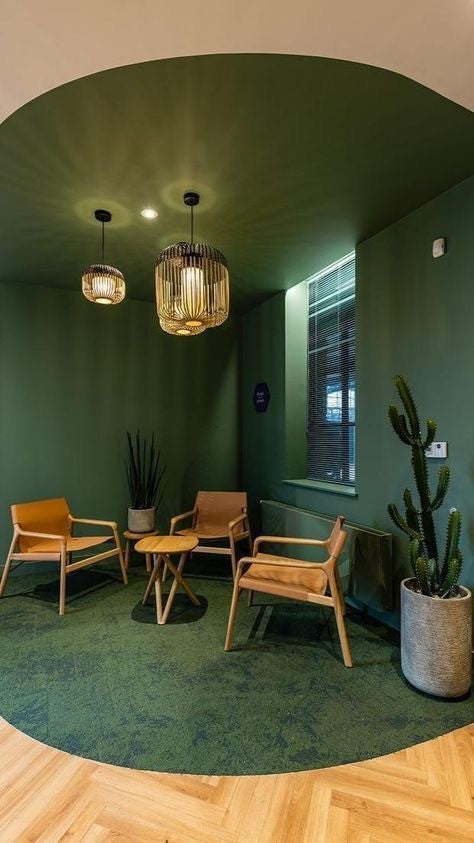Introduction to Focal Point in Interior Design
A focal point in interior design is the star of a room; it's what catches the eye upon first entering. This could be anything from a large piece of art, a beautiful piece of furniture, or a stunning architectural feature. The importance of a focal point lies in its ability to create order and hierarchy in a space, ensuring that the design feels intentional and cohesive.
The Psychology Behind Focal Points
Focal points have a profound impact on how a space is perceived and experienced. They can direct attention, influence mood, and even affect the perceived size and harmony of a room. By establishing an area of interest, focal points foster a sense of balance and well-being.
Types of Focal Points
There are numerous ways to establish a focal point in a room. Architectural features like fireplaces or large windows naturally draw attention, while furniture pieces, artwork, and color schemes can also serve as compelling focal points.
Creating a Focal Point
Creating a focal point involves more than just placing a striking piece in a room. It requires consideration of the room's layout, the balance between various elements, and how they all contribute to the overall composition of the space.
Focal Points in Different Rooms
Each room in a home serves a different purpose and, as such, will have a different focal point. The approach to creating a focal point in a living room will differ from that in a bedroom or kitchen, necessitating tailored strategies to suit each space's function and feel.
Using Color to Enhance Focal Points
Color plays a crucial role in interior design, especially in establishing and highlighting focal points. The right color palette can draw attention to a focal point or even serve as one itself.
Lighting and Focal Points
Lighting is a powerful tool in interior design, capable of enhancing or diminishing the impact of a focal point. The interplay between light and shadow can dramatically affect how a focal point is perceived.
Textural Elements as Focal Points
Texture adds depth and interest to a space, making it a valuable tool for creating focal points. A mix of materials can serve as a focal point, adding a tactile dimension to the visual appeal of a room.
The Role of Furniture in Establishing Focal Points
Furniture arrangement can significantly impact the effectiveness of a focal point. Strategic placement of statement pieces can create a cohesive look that draws the eye and anchors the room.
Integrating Artwork as Focal Points
Artwork has the power to transform a space, serving not just as decoration but as a focal point that conveys personality and style. The choice and placement of art pieces are key to maximizing their impact.
The Use of Mirrors and Reflective Surfaces
Mirrors and reflective surfaces can expand a space visually and create dynamic focal points. Their placement is crucial in maximizing light and enhancing the sense of space.
Balancing Multiple Focal Points
While a single focal point can anchor a room, multiple focal points can add complexity and interest. Balancing these elements without creating visual clutter is a delicate art.
Focal Points in Open Plan Spaces
In open-plan living spaces, focal points can help define different areas and functions, creating a sense of order and flow within a larger area.
Incorporating Natural Elements
Natural elements like plants or water features can serve as unique and refreshing focal points, adding life and energy to a space.
The Impact of Technology on Focal Points
Modern technology, from sleek appliances to smart home systems, can also become focal points, blending functionality with design.
Focal Points for Small Spaces
In smaller spaces, focal points must be carefully considered to avoid overwhelming the area while still creating visual interest.
Maintaining Flexibility with Focal Points
Focal points are not static; they can and should evolve with the homeowner's tastes and needs. Flexibility in design allows for seasonal updates and personalization.
Conclusion: The Lasting Impact of Focal Points
The strategic use of focal points in interior design has a lasting impact, creating spaces that are not only visually appealing but also functional and reflective of the inhabitants' personalities. As design trends evolve, the principles behind focal points remain timeless, guiding designers and homeowners alike in creating balanced and beautiful interiors.
FAQs
What is a focal point in interior design?
How do you create a focal point in a room without architectural features?
Can a room have more than one focal point?
How does lighting affect the perception of a focal point?
What are some common mistakes when creating focal points?
How can focal points be used in small spaces?






